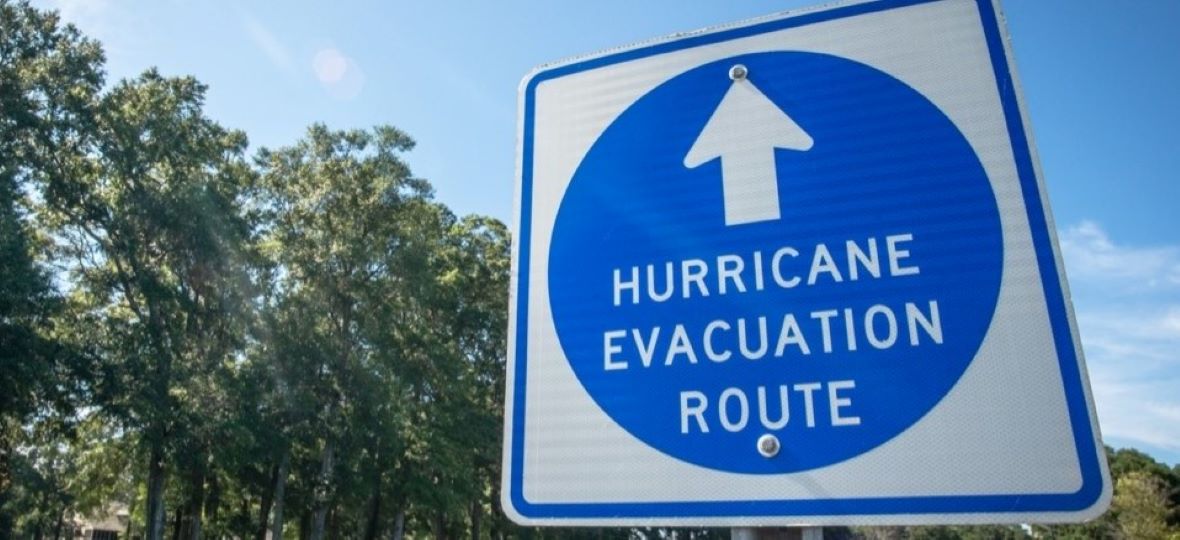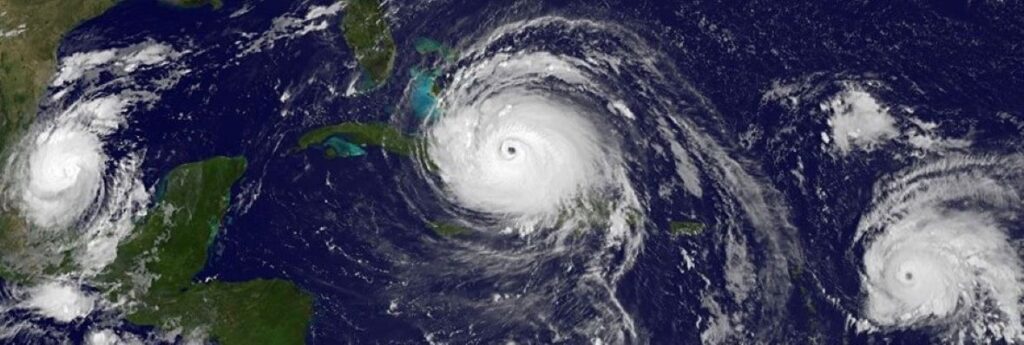Arthur, Bertha, Cristobel, Dolly, Edward, Fay – all names we are likely to despise soon enough. They’re the names in line for this year’s hurricanes – a season that officially starts June 1 and which is expected to produce up to six major storms.
Forecasters at the US National Oceanic and Administrative Administration (NOAA) are predicting a 60 percent chance of an above-normal Atlantic hurricane season, a 30 percent chance of a near-normal season and only a 10 percent chance of a below-normal season.
That translates to 13-19 named storms, six to 10 hurricanes, and three to six major hurricanes. Twelve storms per season is considered average.
Meteorologists at The Canadian Hurricane Centre in Halifax agree, suggesting that conditions are right for a long list of tropical storms this summer and fall, some of which may be destined to reach Canadian shores.
Last year’s hurricane season was also an active one, producing 18 named storms – including hurricane Dorian, which left a swath of devastation across the Bahamas before roaring over the Maritimes on Sept. 7-8.
Several climate factors are driving the strong likelihood for above-normal activity in the Atlantic this year, reports the NOAA. El Nino conditions are expected to either remain neutral or to trend toward La Nina, meaning there will not be an El Nino present to suppress hurricane activity.
Also, warmer-than-average sea surface temperatures in the tropical Atlantic Ocean and Caribbean Sea, coupled with reduced vertical wind shear, weaker tropical Atlantic trade winds, and an enhanced west African monsoon all increase the likelihood for an above-normal Atlantic hurricane season.
NOAA scientists had previously reported that April was the third month in a row to rank second hottest on record for the globe after the year kicked off with the hottest January ever recorded in 141 years of record-keeping.
Similar conditions have been producing more active seasons since the current high-activity era began in 1995.
PACIFIC
In addition to the Atlantic hurricane season outlook, NOAA also issued seasonal hurricane outlooks for the eastern and central Pacific basins: Both areas are expected to see near or below-normal storm activity – 11 to 18 named storms, five to 10 hurricanes, and one to five major hurricanes.

COVID
In light of the worrying forecast, officials at the US FEMA agency are reminding people in hurricane zones not to forget about storm safety during the pandemic.
“Social distancing and other CDC guidance to keep you safe from COVID-19 may impact the disaster preparedness plan you had in place, including what is in your go-kit, evacuation routes, shelters and more,” says Carlos Castillo, acting deputy administrator for resilience at FEMA. “Natural disasters won’t wait, so I encourage you to keep COVID-19 in mind when revising or making your plan…”
Both Atlantic and Pacific hurricane seasons run through Nov. 30.

